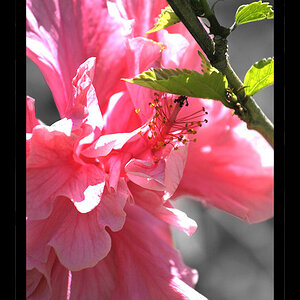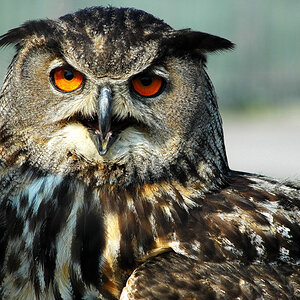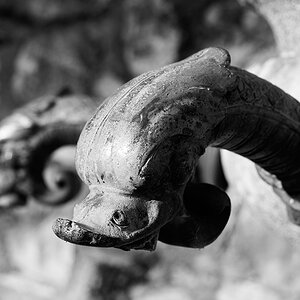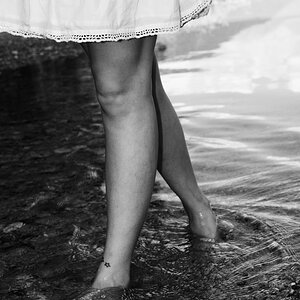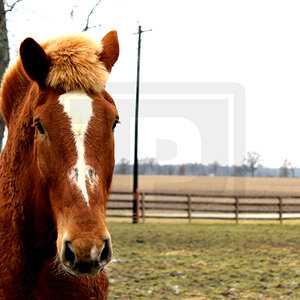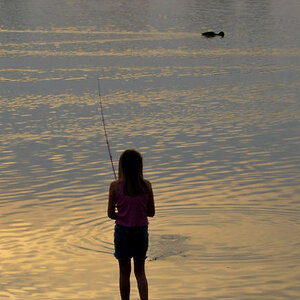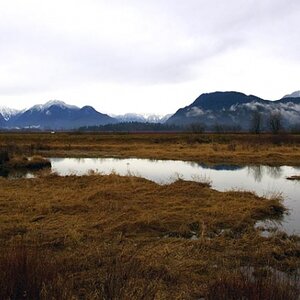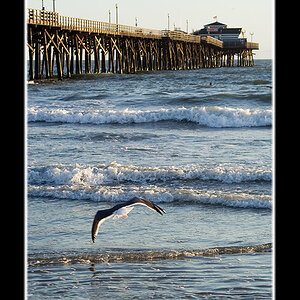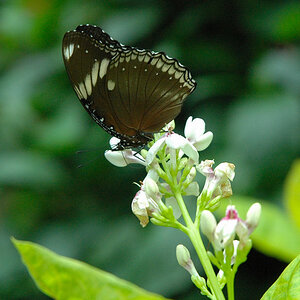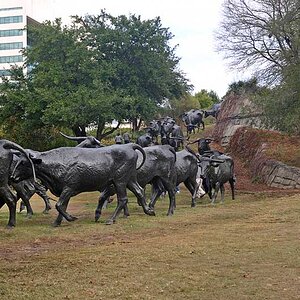meg27
TPF Noob!
- Joined
- Aug 22, 2005
- Messages
- 116
- Reaction score
- 5
- Location
- Chichester
- Website
- www.mojocreative.co.uk
Hi,
I don't know if any of you know much about lighting?
We are setting up a website selling cosmetics, and we have identified that good photography is key to it looking good.
Basically we need to light objects such as pots of nail varnish quickly and effectively. I have learnt about three point lighting, but wonder if trying to reproduce this on a minature scale is really effective?
We will be shooting hundreds of products, so i need to be able to set up quickly, and stick to the same lighting for every object (when possible).
We also do not have very much room.
So can any one advise me on any products that may help me, and also any techniques? Buying a huge lighting kit for this seems a bit rediculous, but we will be spending up to £500.
I have already looked at a few solutions on the net, the one i have been most interested in is the Photogenic Professional Lighting FL3WK kit. However i am having trouble finding this available in the UK.
Any ideas and pointers are much appreciated, thanks guys.
I don't know if any of you know much about lighting?
We are setting up a website selling cosmetics, and we have identified that good photography is key to it looking good.
Basically we need to light objects such as pots of nail varnish quickly and effectively. I have learnt about three point lighting, but wonder if trying to reproduce this on a minature scale is really effective?
We will be shooting hundreds of products, so i need to be able to set up quickly, and stick to the same lighting for every object (when possible).
We also do not have very much room.
So can any one advise me on any products that may help me, and also any techniques? Buying a huge lighting kit for this seems a bit rediculous, but we will be spending up to £500.
I have already looked at a few solutions on the net, the one i have been most interested in is the Photogenic Professional Lighting FL3WK kit. However i am having trouble finding this available in the UK.
Any ideas and pointers are much appreciated, thanks guys.


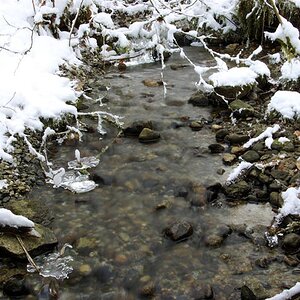
![[No title]](/data/xfmg/thumbnail/35/35597-714b74cc48992e5353856abfe325df68.jpg?1619737065)
